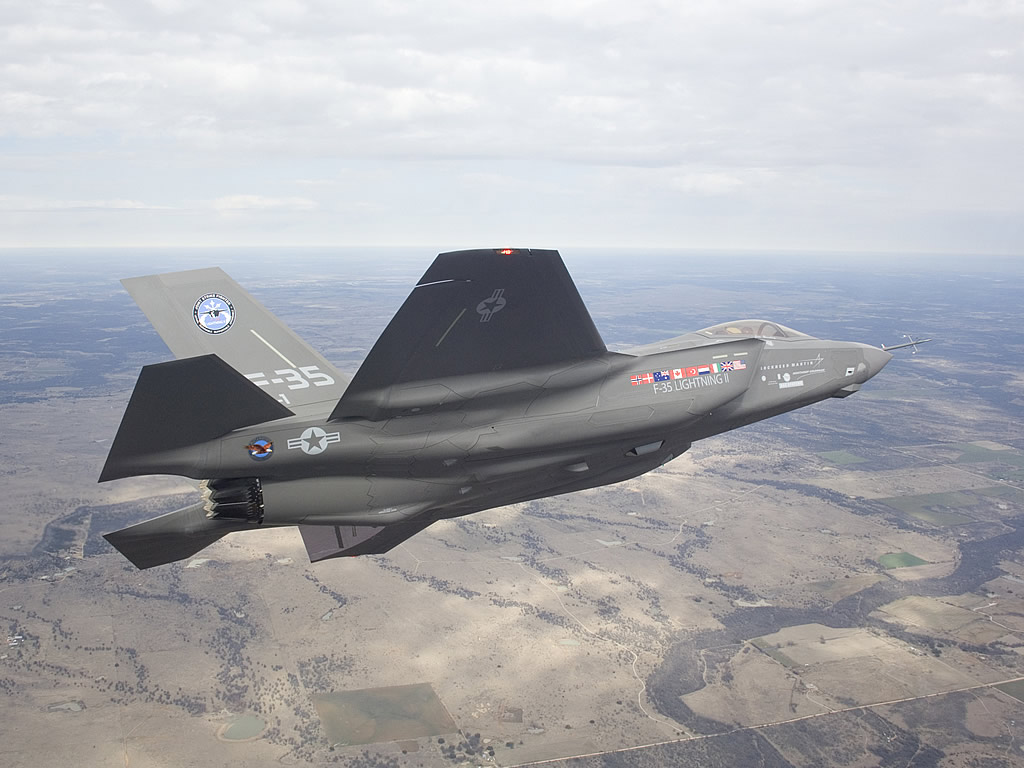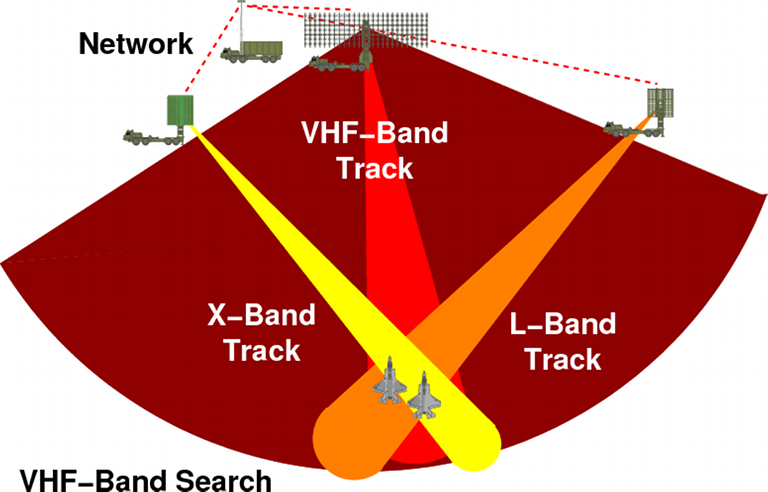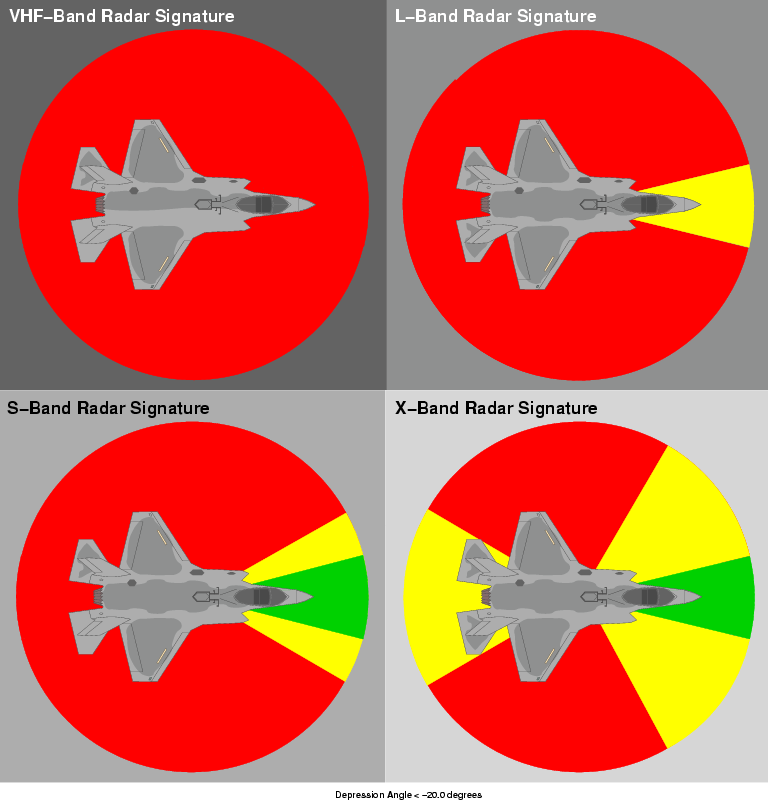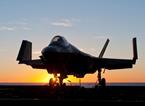ckfinite
Posts: 377
Joined: 7/20/2013
Status: offline

|
quote:
Well everything I read about the SA-22 says that it is capable of engaging 4 separate targets simultaneously. What do you want me to say? When I read that I tend to believe it.
quote:
The X-band component of the SSTsR is used for target tracking, and uplink of missile steering commands., the Ku-band component for target and missile beacon tracking. The system typically guides one or two missile rounds against a single target.
quote:
Ability to capture 4 missiles after launch;
This argues for 2 simultaneous target engagement, 1 with radar, 1 with EO, given that most engagements are made with two missiles.
quote:
So to be safe let's keep it somewhere between the 5 minutes claimed and the deploy and stow times of the Nebo M system of 15 minutes. That is still incredibly fast. And enormously complicates SEAD and DEAD operations. Besides in your last sentence you talk about shoot and scoot operations of an entire battalion. But the entire S-400 system with radars, command posts and TEL's is completely wirelessly linked. With range limits of a 100 kilometers.
This isn't keeping it safe, though. Nebo are not engagement radars! They are surveillance radars, and aren't particularly informative when discussing the very different radars that actually control SAM batteries. Furthermore, the TELs are not typically targeted, so the 5 minutes number for them is not relevant.
Instead, the 96L6E provides a much better indicator of the true mobility of the systems, with a movement time for a non-tactical system of about 30 minutes.
quote:
After an engagement only the elements which have exposed themselves a TEL and engagement radar have to shoot and scoot
Taking 15 minutes of downtime for a single shot. Oh, and remember that the AARGM is already in the air and about 2/3rds of the way there by the time that the SAM has either impacted or missed. The illuminator cannot go down before impact/miss, or else SARH will lose lock. As such, you only really have 20-30 seconds from SNR off to AARGM arrival.
quote:
I don't know how the Russians plan to guide their missiles to LO and VLO aircraft
TVM SARH.
quote:
(figure)
That figure is actually rather silly. Here's why:
quote:
Study of the shaping of the aircraft and comparison with other designs shows that the Joint Strike Fighter can provide genuinely good stealth performance only in a fairly narrow ~29° sector about the aircraft’s nose, where the shaping of the nose, engine inlets, panel edge serrations, and alignment of the leading and trailing edges of the wings and stabilators results in the absence of major lobes or “spikes” in the radar signature. The ±14.5° angular limit is constrained by the principal reflecting lobe of the leading and trailing edges of the wings and stabilators. The signature degrades rapidly due to the influence of the lower centre fuselage as the angle swings past ±45° off the nose, refer Diagram 4.
That assessment is entirely based on him eyeballing a schematic, and a relatively early one at that. If you look at real pictures of the F-35, you'll notice that the schematics that he's using are rather wrong, especially when it comes to the "tight" corners that he uses to criticize the X-band side-on characteristics. Kopp is mildly reliable when it comes to the SAM systems, but lets his bias show in a very large way when it comes to the F-35 itself.
Example of larger radius corners than he claims:

F-35 is certainly designed for all-aspect stealth, and you'll note that F-22 has similar curve radius in these "sharp" areas.
quote:
I wonder where you got that number of 0.1 RCS @ VHF band
Projecting Serbian experience with the F-117 onto F-35. They only got that far with a bistatic approach, too. I don't exactly remember the source, but it was from interviews with the crew who shot the F-117 down.
Edit to add:
Also, the main defense against VHF radar is RAM and substrate material. Nobody knows what that is, exactly, so it's impossible for Kopp to really know how much the VHF signature of F-35 has been reduced from what can be inferred from geometry. Additionally, he didn't even do that, as the real way to have done the analysis is to use FEA software, which he did do for PAK-FA. However, he didn't do the same for F-35, I wonder why?
Edit 2: Amusingly, Kopp calls the far less stealthy J-20 and PAK-FA (by his own computational analyses, even) all aspect stealth, while ripping on the F-35 for not having all aspect stealth, despite its better geometry than either of those two.
< Message edited by ckfinite -- 11/26/2014 8:56:18 PM >
|
 Printable Version
Printable Version










 New Messages
New Messages No New Messages
No New Messages Hot Topic w/ New Messages
Hot Topic w/ New Messages Hot Topic w/o New Messages
Hot Topic w/o New Messages Locked w/ New Messages
Locked w/ New Messages Locked w/o New Messages
Locked w/o New Messages Post New Thread
Post New Thread